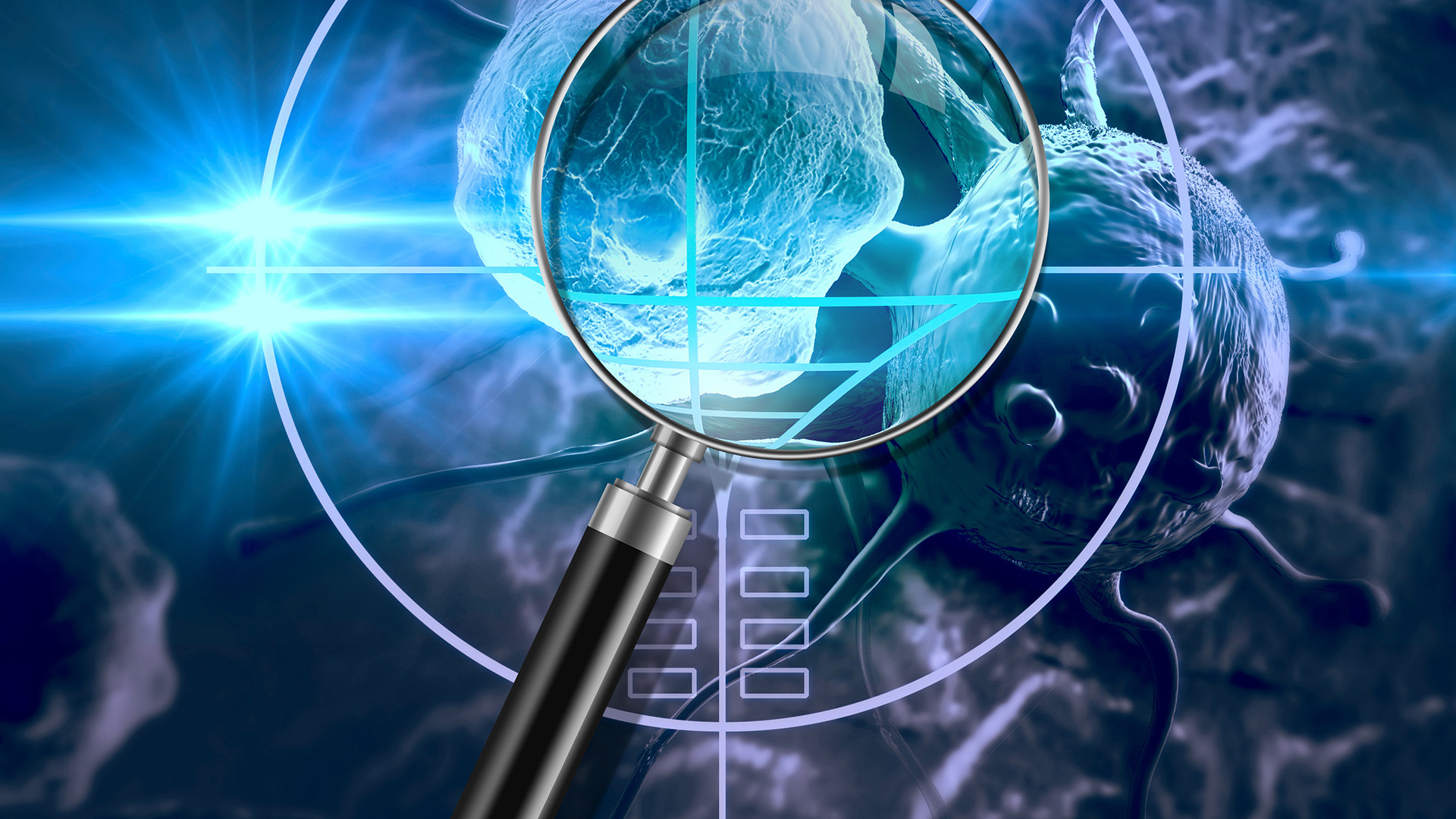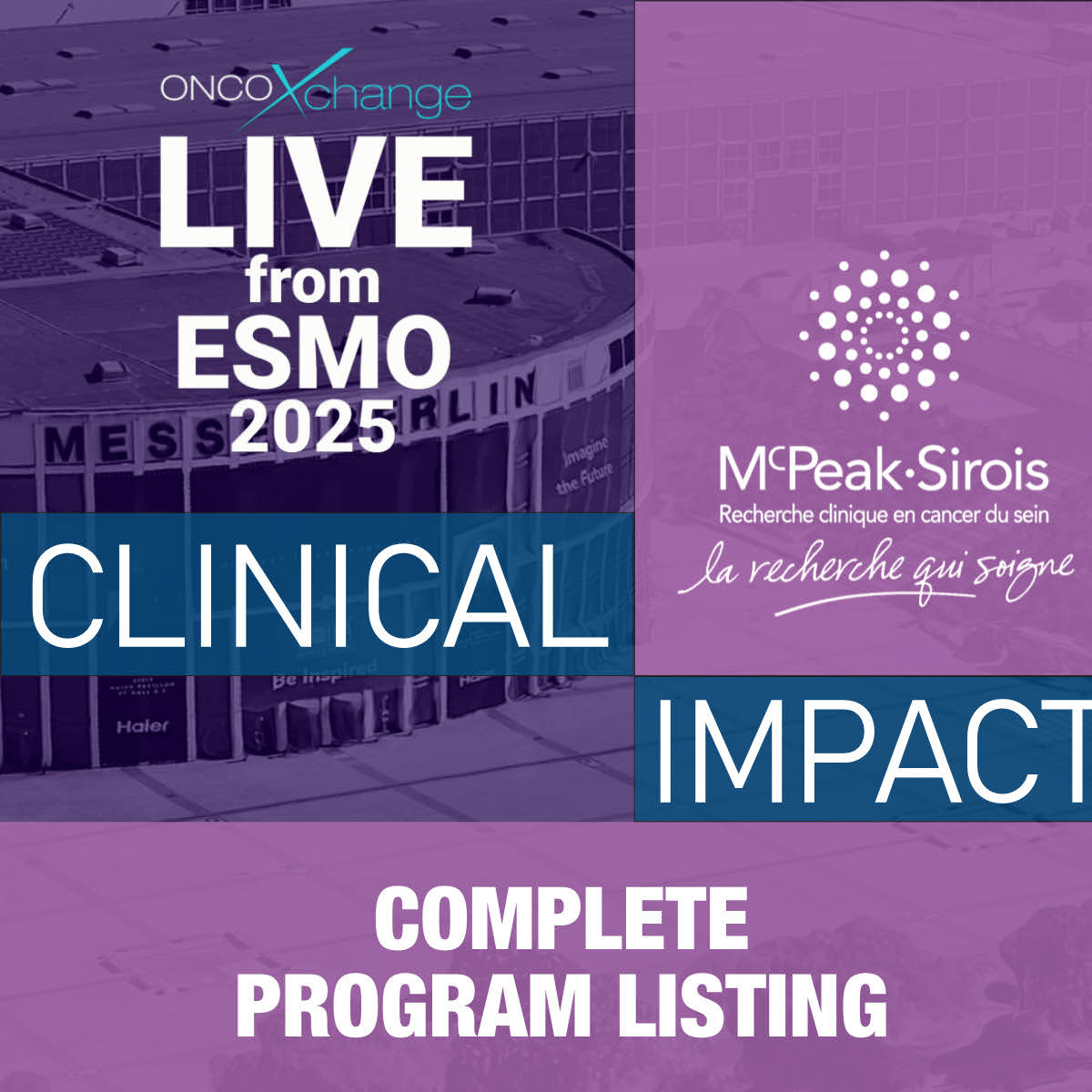
Recent research reinforces heterogeneity of HER2-positive breast cancer
October 2019
Wayne Kuznar for oncoXchange
Molecular characterization studies have identified HER2-positive breast cancer as a heterogeneous disease.
Molecular characterization studies have identified HER2-positive breast cancer as a heterogeneous disease. At the 2019 ESMO Congress, Aleix Prat, MD, PhD, dissected the heterogeneity of HER2-positive breast cancer in an educational session.
The HER2-enriched subtype (by gene expression analysis) represents 50 to 60% of all HER2-positive tumors, and as much as 75% of hormone receptor-negative tumors.
HER2-enriched cancers have high protein levels on the membrane and activation of downstream signaling pathways, in particular the RAS, RAF, MEK, and MAP kinase pathways. These signaling pathways are less activated in the non-HER2-enriched cancers, “so I think the HER2-enriched is a biomarker of HER2 addiction,” said Prat, Medical Oncology Department, Translational Genomics and Targeted Therapeutics in Solid Tumors, University of Barcelona, Spain.
Expression of HER2 is not binary but rather acts as a continuous variable.
Expression of HER2 is not binary but rather acts as a continuous variable. In general, hormone receptor (HR)-negative disease has higher levels of ERBB2 mRNA expression compared with HR-positive disease. “However, there’s a wide range of expression within each of the groups,” he said. “As expected, HER2-enriched tumors not only have high addiction of the pathway but also tend to have higher levels of ERBB2, but there’s wide range of expression within each intrinsic subtype.”
As well as by ERBB2 expression, a range of HER2 expression exists from HER2-0 to HER2-low to HER2-positive by protein expression. HER2+3 has the highest levels of expression of ERBB2 followed by HER2+2 positive tumors by fluorescent in situ hybridization.
Using a PAM50 assay, Prat and colleagues examined 422 HER2-positive breast cancer tumors treated with dual HER2 blockade from five phase II-III clinical trials. HER2-enriched and ERBB2 were found to provide independent predictive information. “We’re starting to subdivide HER2-positive disease into different groups that in the future could be clinically relevant,” said Prat..
Examining DNA somatic mutations may also be of value in HER2-positive disease. The two most frequently mutated genes, each with frequencies >10%, are TP53 and PIK3CA. TP53 and PIK3CA mutations tend to be mutually exclusive. Combining data from DNA sequencing and RNA expression, luminal A and B subtypes tend to have more PIK3CA mutations, whereas HER2-enriched and basal-like HER2-positive cancers tend to be more TP53-mutated. Definitely more subdivision is needed in the future.
PIK3CA mutations are found both within HR-positive and HR-negative breast cancer. The two known hotspot mutations (exon 9 and exon 20) are well represented in PIK3CA-mutated HER2-positive breast cancer
PIK3CA mutations are found both within HR-positive and HR-negative breast cancer. The two known hotspot mutations (exon 9 and exon 20) are well represented in PIK3CA-mutated HER2-positive breast cancer, he said, and hotspot mutations in exon 20 seem to be most frequent, present in two thirds of cases. In addition to being frequent, PIK3CA mutation is associated with less HER2 addiction.
Beyond DNA and PIK3CA mutations, knowing the tumor microenvironment in HER2-positive disease may be valuable
Beyond DNA and PIK3CA mutations, knowing the tumor microenvironment in HER2-positive disease may be valuable, said Prat. HER2-psotive disease, in general, is inflamed with an abundance of tumor infiltrating lymphocytes (TILs). About 10% of HER2-positive tumors have ≥10% of TILs in the stroma, 20% have TILs ≥20%, and 10% have TILs ≥40% in the stroma.
Within HER2-positive breast cancers, the non-luminal intrinsic subtypes tend to be more inflamed than luminal A or B, as evidenced by a higher proportion of TILs. The findings are similar for stromal PD-L1 expression.
PD-L1 immune cell expression ≥1% is seen in 42% of HER2-positive breast cancers, similar to that in triple-negative breast cancer. “Potentially, this could be the group of patients that can benefit from anti-PD-1/PD-L1 therapy,” said Prat.
HER2 heterogeneity is defined by the presence of at least two distinct clones of cells with different levels of HER2 amplification within a tumor.
Another area of interest is tumor intracell heterogeneity. HER2 heterogeneity is defined by the presence of at least two distinct clones of cells with different levels of HER2 amplification within a tumor. Ten to 30% of HER2-positive breast cancers are classified as HER2 heterogeneous, and the vast majority of HR-positive cancers are classified as HER2 heterogeneous compared with a minority of HER2-negative cases. Patients with heterogeneous HER2-positive breast cancer tend not to respond to trastuzumab emtansine, said Prat.
Early changes in TILs and tumor cellularity in HER2-positive breast cancer can predict response to therapy.
Early changes in TILs and tumor cellularity in HER2-positive breast cancer can predict response to therapy. Most tumors show an increase in TILs at day 15 of HER2-directed therapy without chemotherapy. The tumors that are inflamed at day 15 tend to achieve higher rates of pathologic complete response than those with low levels of TILs, said Prat.
The enhanced inflammation at day 15 during HER2-directed therapy occurs mostly in HR-negative tumors, both in patients who achieve pathologic complete response (pCR) or not.
The patients who don’t achieve pCR despite an increase in inflammation at day 15 “are the patients we need to rescue with additional therapies,” he said.

Comments (0)